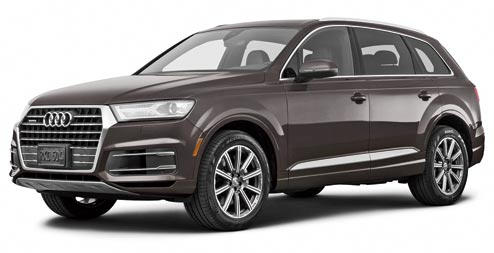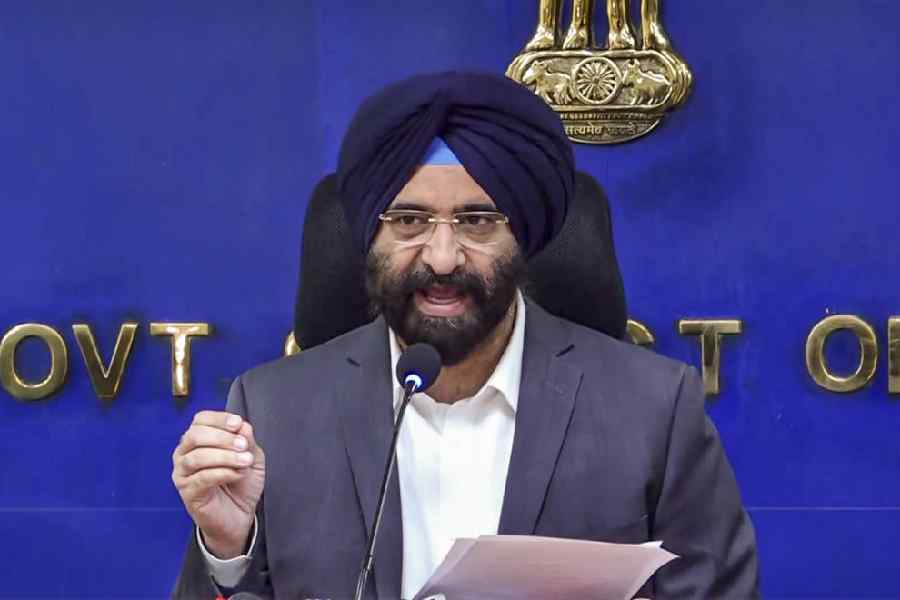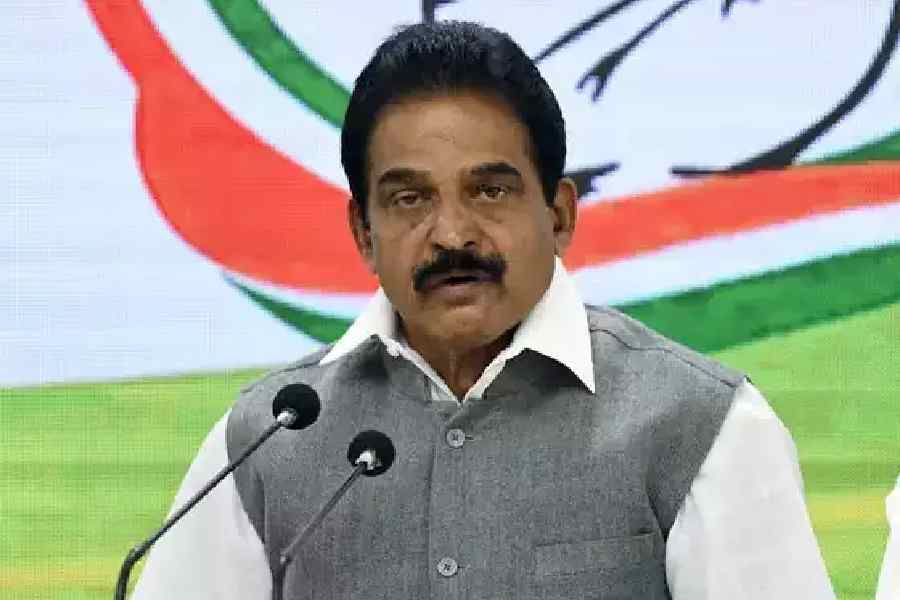
THE SUV CRAZE
Sport utility vehicles (SUVs) and multi-utility vehicles (MUVs) have found increasing favour with buyers this year. As a result, their sales have increased by 20 per cent in the current fiscal, which is two-and-a-half times as fast as the overall growth of passenger vehicle sales at eight per cent. That has brought their market share up to about a third (33 per cent), from 30 per cent for the same period last year.
But there is still a long way to go to catch up with the hatchbacks, which still make up half of all cars sold in India, with sedans making up the rest. The SUV affinity has led to new models, from the Lexus LX400 to the Skoda Kodiaq and down to the Tata Nexon being launched. Meanwhile, some existing models like the Mahindra Scorpio and the Ford EcoSport have got design updates, as well as some new mechanicals and features.

GROWTH GEARS UP
The year got off to a slow start as consumers struggled to cope with the after-effects of demonetisation. But a couple of months into 2017, demand started growing again and sales picked up. That trend has continued and, after a blip in October, it perked up and looks headed north again. Sales of passenger vehicles grew by about nine per cent last year after staying in the doldrums for the previous five years.
Analysts and those in the industry are now cautiously hoping that sales volumes would grow by double digits after a long time as the overall sense of well-being seems to be spreading.

PETROL PREFERENCE
A few years ago, everyone seemed to want a car with a diesel engine since that gave the sense that running costs were low. However, since last year some states started coming down quite heavily on these vehicles as they considered them worse polluters than petrol engine cars. Some states wanted to stop registering them as private vehicles while others wanted to limit engine size of the vehicles they registered to two litres.
That did not really affect the smaller vehicles, but the bigger SUVs launched variants with sub-two-litre diesel engines or with petrol engines. Buyers also seemed to realise what they were saving in running costs due to the lower price of diesel was being offset by the higher price they were paying unless they ran the cars big distances.
The swing back towards petrol cars that had started last year, continued. But the movement has been slow with petrols gaining marginally so far this year. Nonetheless, for the two biggest car makers, Maruti Suzuki and Hyundai Motor, which together control about two-thirds of the market, petrols now account for about 70 per cent of all vehicles sold. And luxury producer Audi even launched its biggest SUV, the Q7, with a two-litre petrol, while Mercedes-Benz and BMW brought out the E-Class and 5-Series respectively, powered by sub-two-litre diesel units.

ELECTRICS ENERGISED
Cleaning up the act has also been a trend in 2017, both globally and in India. And the biggest push came from the central government that wanted many more electric cars on the road, instead of the fume-spewing ones. The National Electric Mobility Mission 2020 gathered steam and the government even placed orders to buy 10,000 electric cars for its own use, the first of which has just recently been delivered.
Now, both Indian and global manufacturers in India, like Tata Motors, Mahindra and Nissan, and new companies like Tesla, are looking to put more electric cars on the road. Currently, however, most of them are looking for fleet operators, cab service providers and others who will buy in large numbers and can create their own charging facilities in a cost-effective way.

BAGS OF GOODIES
Vehicles are also getting richer in terms of features. The incremental cost for adding features such as fuel consumption readouts or gear shift indicators and the like primarily mean tweaking the software that all cars now come with. It has become easier since virtually all cars now come with some sort of electronic display anyway on which this additional information can be shown.
Thus, apart from the usual audio system, it has become common to find navigation, phone syncing, parking sensors, as well as Apple Car Play and/or Android Auto compatibility.
And while most of the trends just gained momentum — things usually take a few years to move in the car sector — the push for electrics came as the biggest surprise trend of 2017.
— Abhijit Mitra











